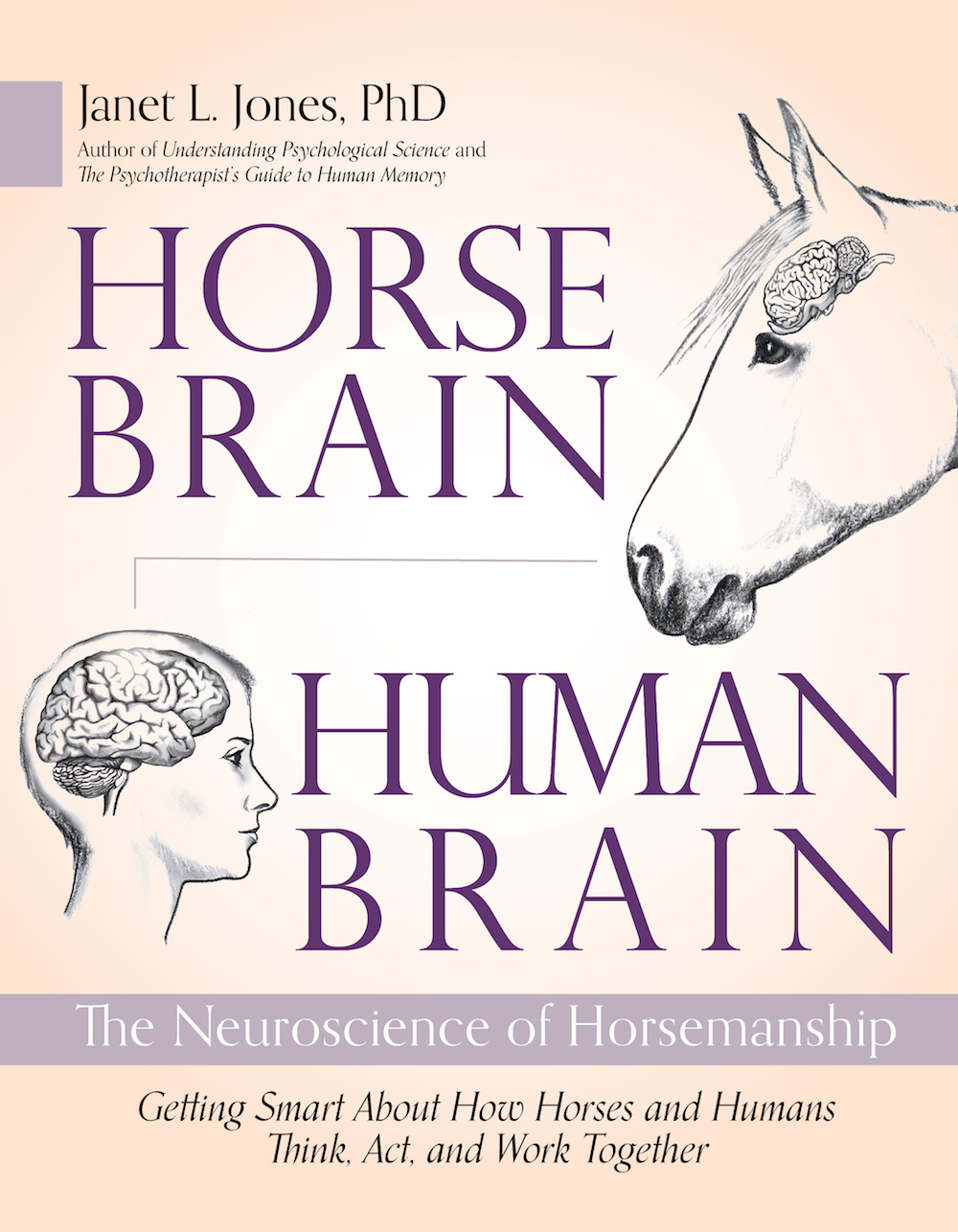In the last article, we talked about teaching a new horse to be caught. The strongest mental lesson is formed if we teach the horse to come to us, rather than allowing us to approach him.
Suppose all the ideal conditions are met—the horse is young and new, he’s housed alone for a few days, the catch location is small, and you’ve tried the technique I described—but still, His Royal Majesty won’t approach.
First, make a plan. Horses are prey animals—their brains automatically perceive direct eye contact, strong movement, and military posture as threats, at least until taught otherwise. Body position is critical.
Enter the gate casually and call your horse’s name. Be sure he sees and hears you. When he looks your way, praise him verbally, then turn your face to the side, lowered so you can see foot movement from the corners of your eyes. Slouch a little, poke the dirt with your toe. Look down, squat down. Wait. See if he will take a few steps toward you.
No go? That’s OK, amble closer, calling the horse’s name again. Stop occasionally, slouch, turn sideways, wait. Squat down. If necessary, stop for a minute with your back to the horse, then begin walking away. Many horses change their tune as soon as you begin to leave, as if to say “Hey, wait a minute! Where ya goin’?” Go slowly with all this. He’s afraid; give him time.
As soon as the horse comes your way, say his name, especially in the last few feet of approach. You want his brain to link his name with the action of coming to you and with the rare edible reward he’s about to enjoy. When he arrives, immediately offer the reward along with strokes and praise. (This must be a hidden reward, not a lure—shaking the can of grain ahead of time teaches your horse to come to the grain. We want him to come to you.)
This technique works with most new youngsters, although you might have to use it two or three days in a row before achieving success. But suppose your little monkey is among the most resistant. (Sell him immediately! No, of course, I’m only joking.)
Meander toward his shoulder gently, enlisting help from a friend only if he whirls away repeatedly. Stroke him for a minute, then step about six feet back. See if he will take one step in your direction. If so, give him the best tasting edible reward you can muster. Not a carrot, more like a bite of carrot cake! (You’re only going to use this level of food reward once or twice, so splurge a little.)
You want to surprise this horse’s brain into releasing a giant spurt of dopamine hat says, “Wow, that felt great!” Stroke, praise, turn gently, and leave. That’s enough for today. If she follows you, stroke, reward, and leave again.
Want to read more on training the catch by Dr. Janet Jones? Check out:
Brain-Based Horsemanship is a weekly column that chronicles Janet Jones, PhD, and her journey with True, a Dutch Warmblood she trained from age three using neuroscience best practices. Read more about brain-based training in Jones’ award winning book Horse Brain, Human Brain.

This story originally appeared on janet-jones.com and is reprinted here with permission.


 January 22, 2023
January 22, 2023 

























